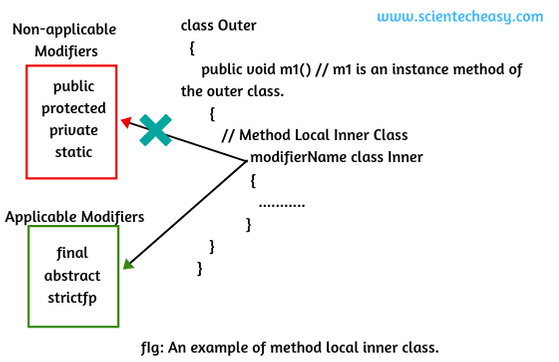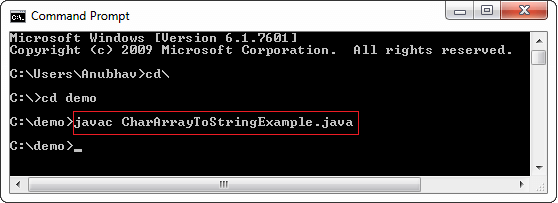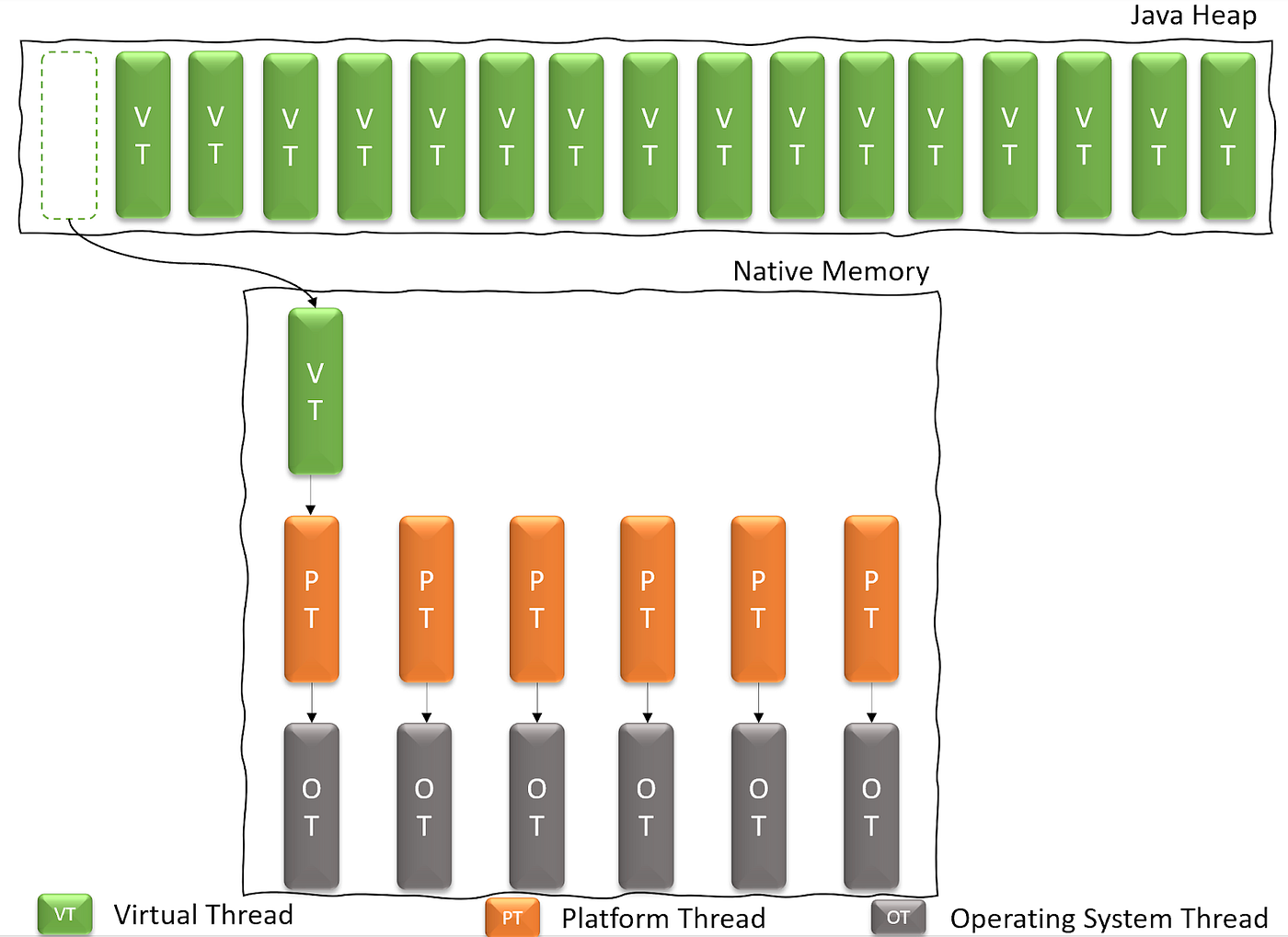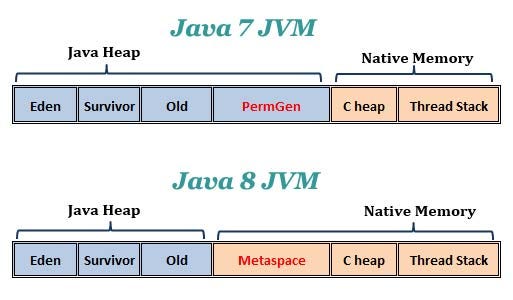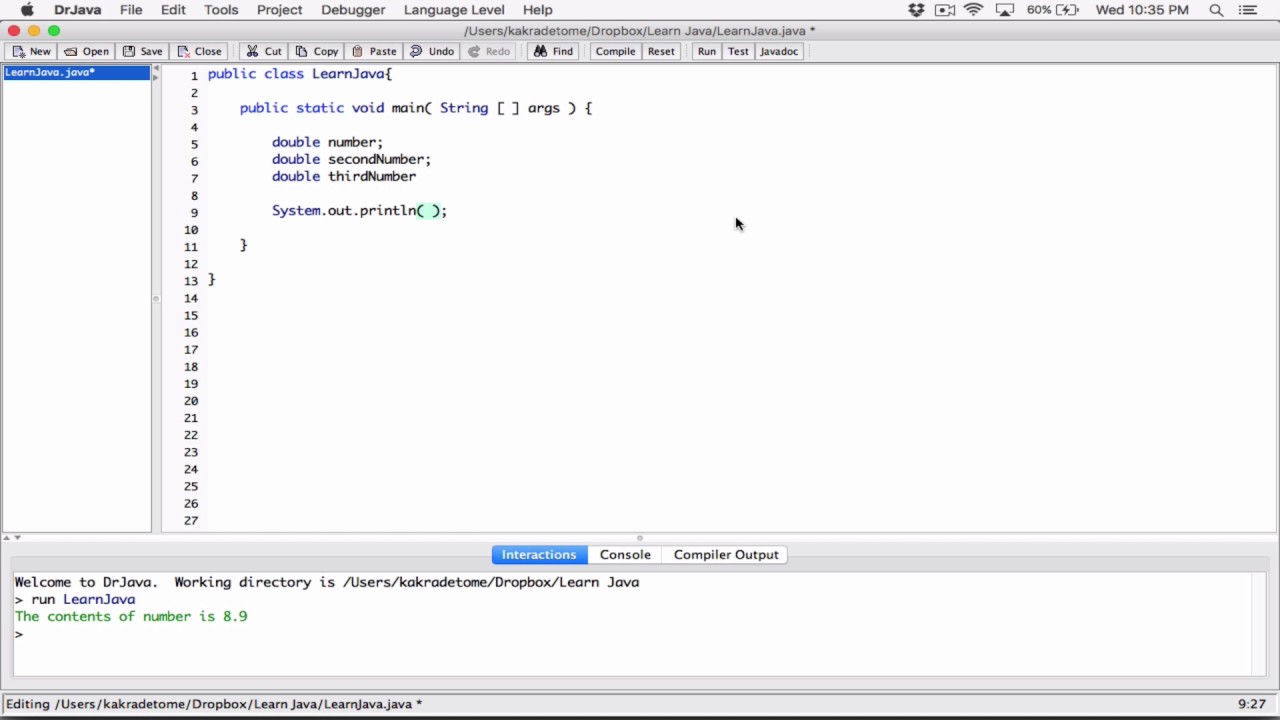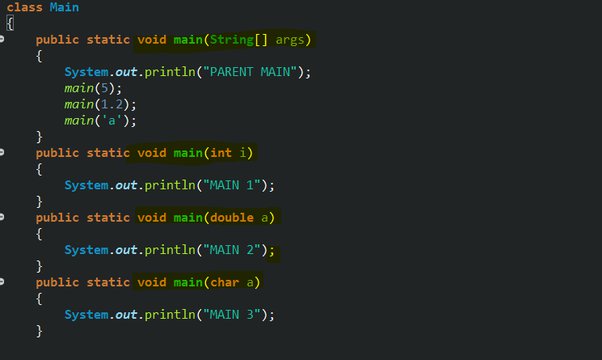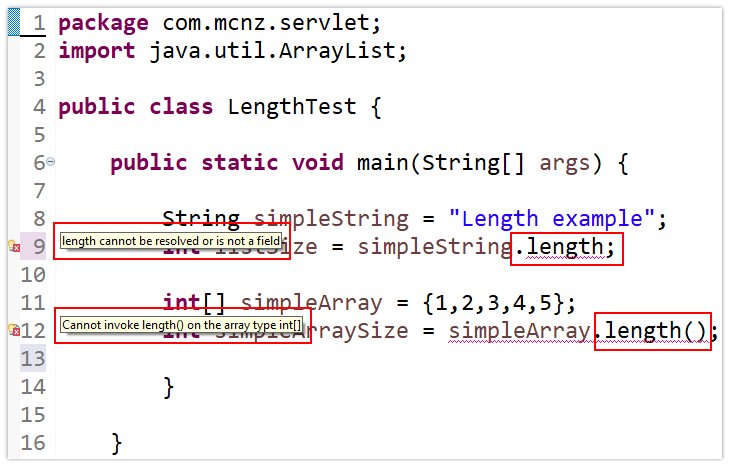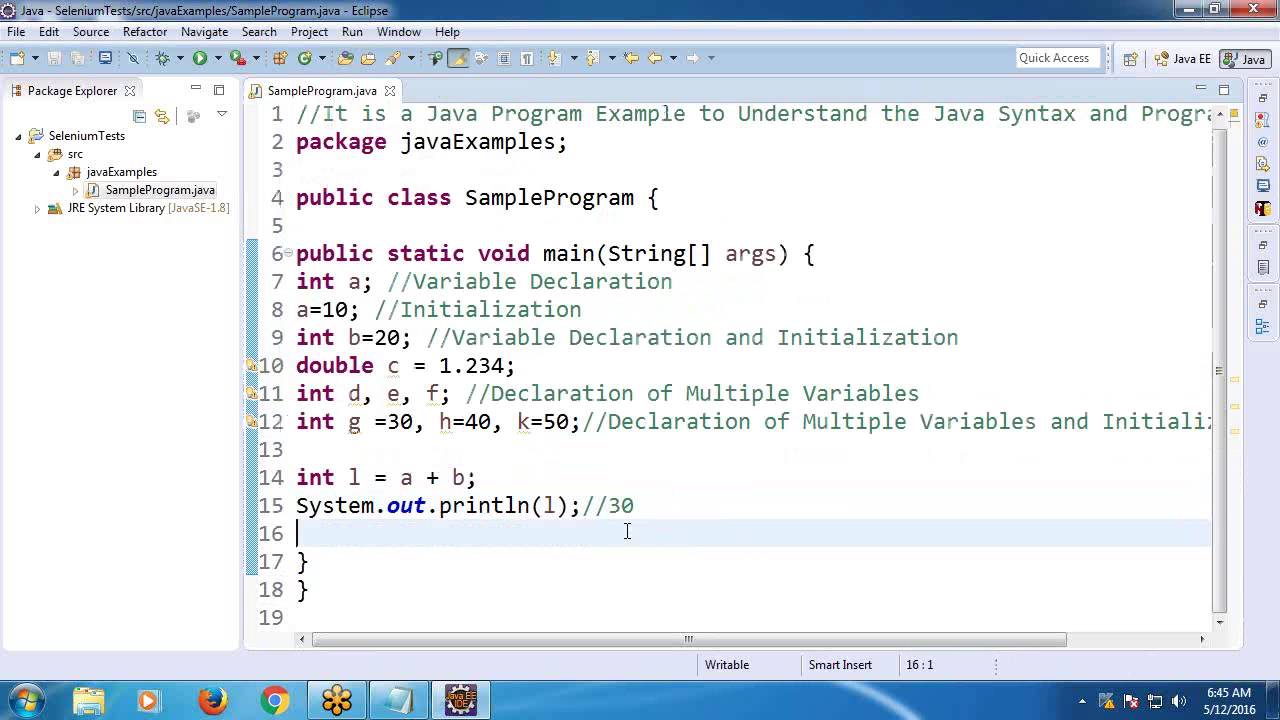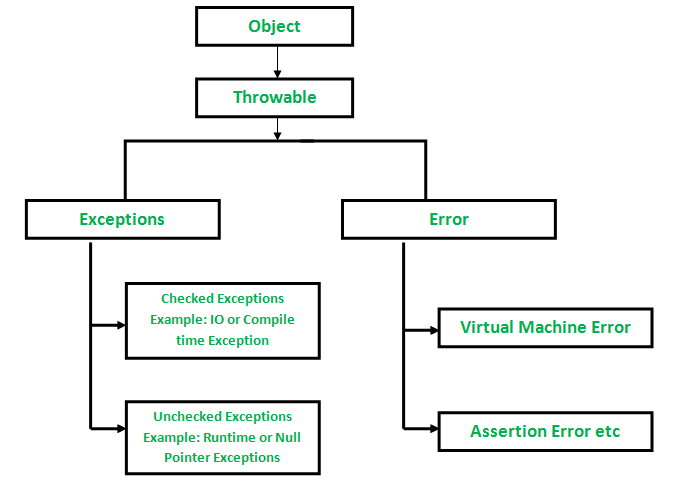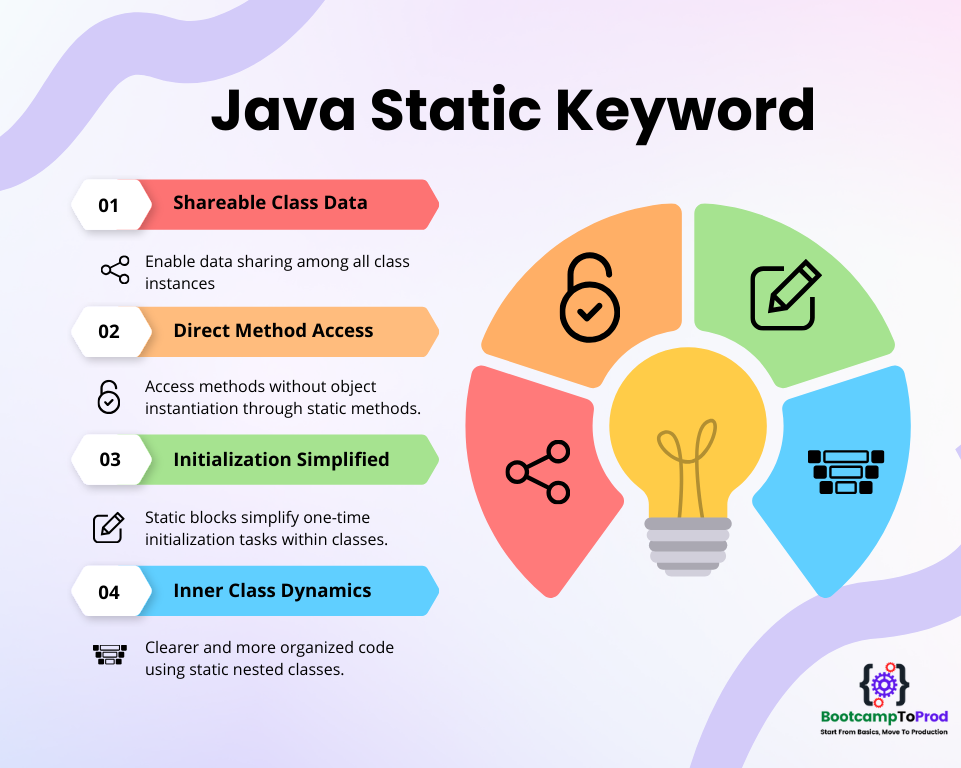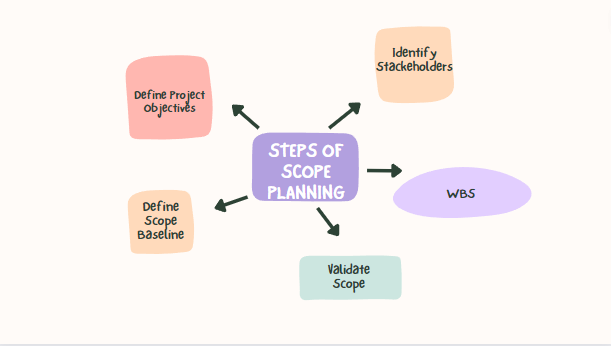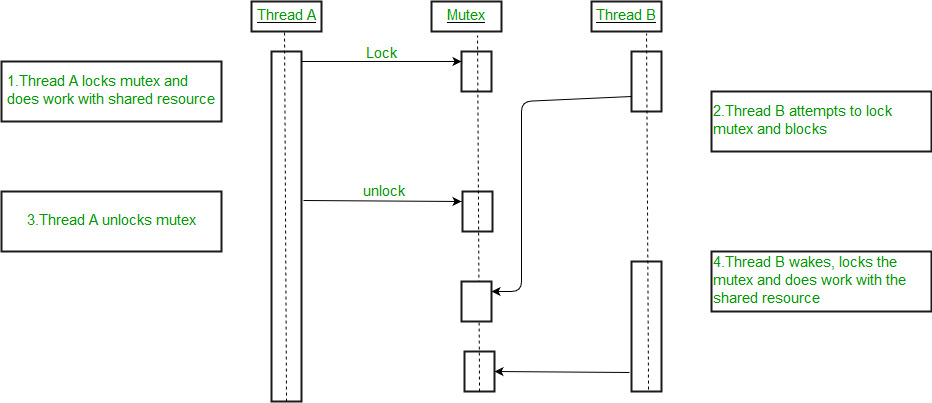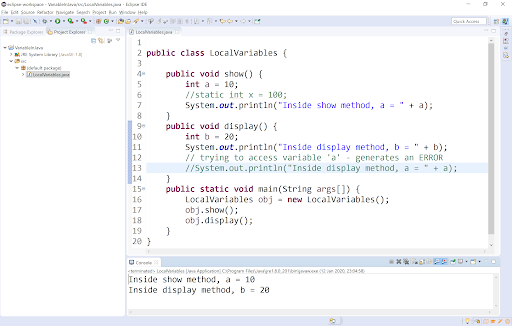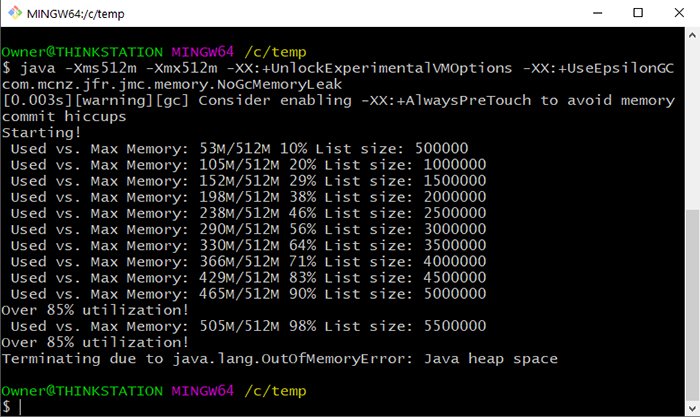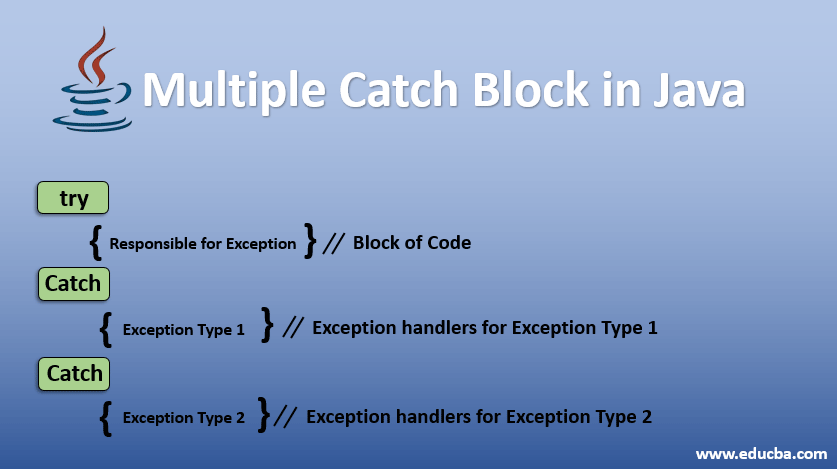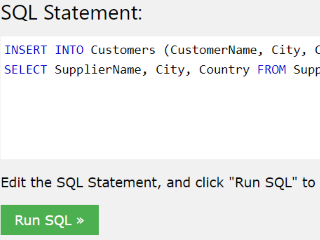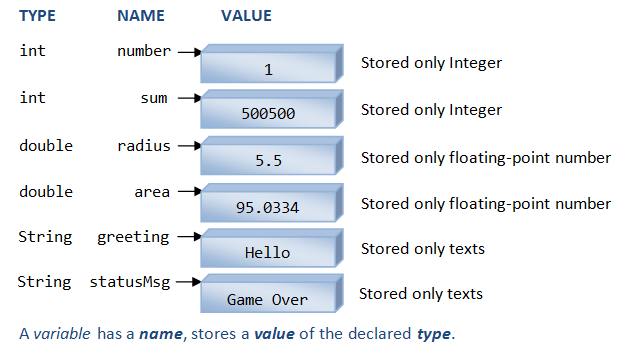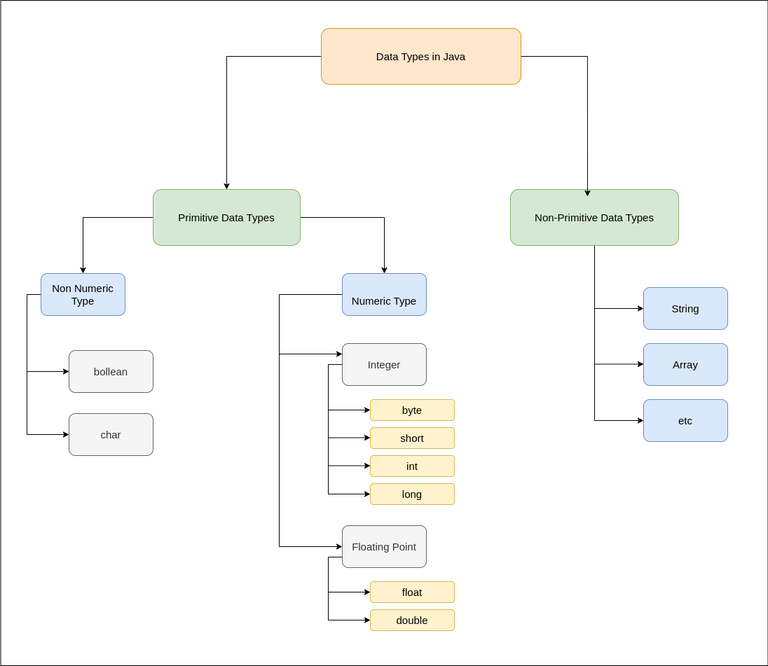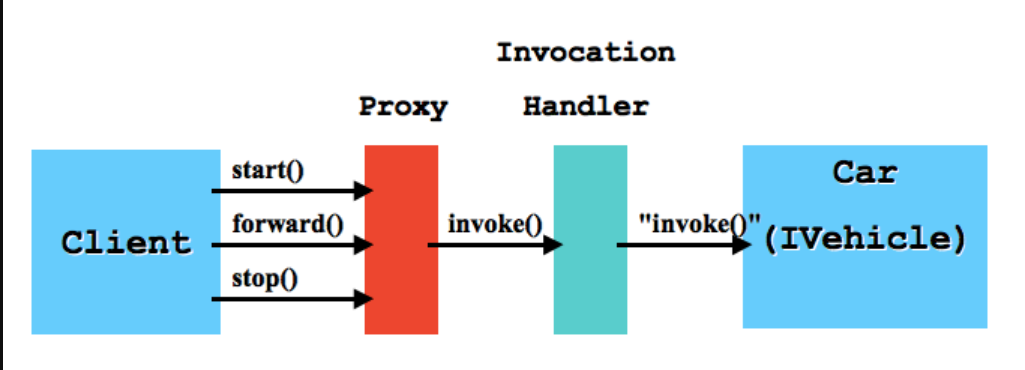What is an abstract class in Java?
What is an abstract class in Java?
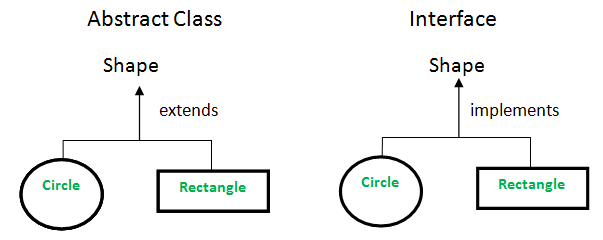
In Java, an abstract class is a type of class that cannot be instantiated directly and provides a blueprint for other classes to follow. It's a fundamental concept in object-oriented programming (OOP) that allows developers to define a template for a set of related classes.
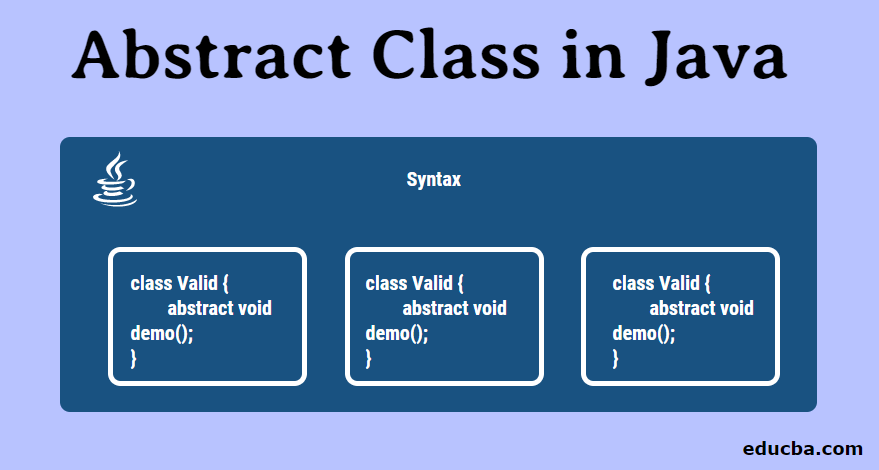
An abstract class typically has one or more abstract methods, which are declared without an implementation. Abstract methods are essentially placeholders for concrete implementations that will be provided by its subclasses. A class can only be abstract if it contains at least one abstract method, and all of its non-abstract methods must be implemented in the class itself.
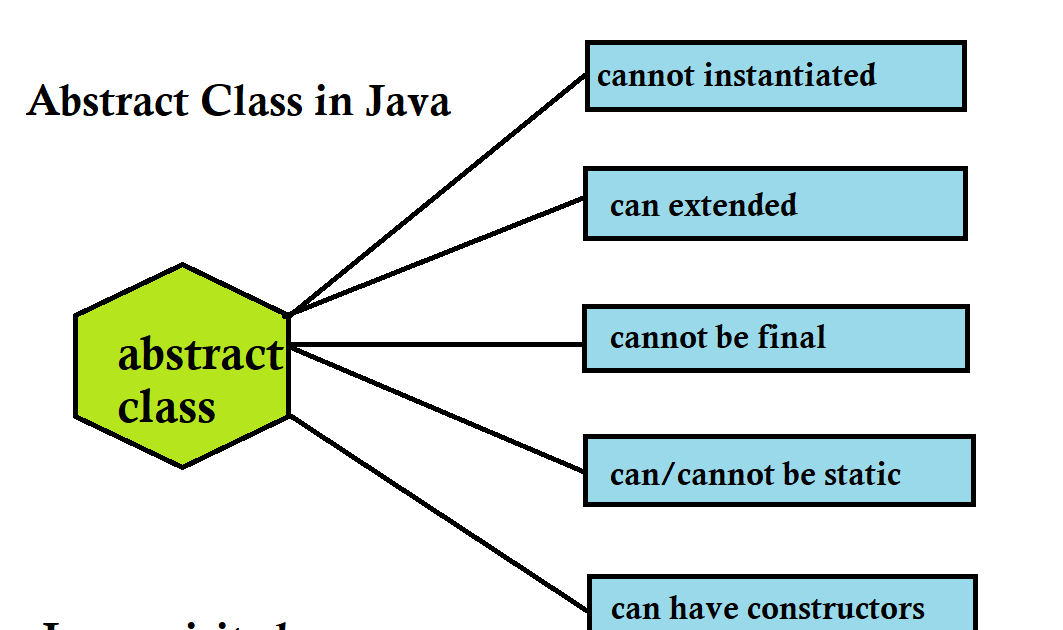
Abstract classes play a crucial role in OOP because they enable developers to define a common interface or base class for a family of related classes. This is particularly useful when you want to group together classes that share similar characteristics, but are not necessarily related by inheritance (i.e., they don't have a direct "is-a" relationship).
For example, consider a scenario where you're building an e-commerce platform and you need to define a common interface for different types of payment methods, such as credit cards, PayPal, bank transfers, etc. You could create an abstract class called PaymentMethod that provides a template for all these specific payment classes to follow.
Here's some sample code to illustrate this:
// Abstract class: PaymentMethodpublic abstract class PaymentMethod {
public abstract void processPayment(double amount);
}
// Concrete subclasses: CreditCard, PayPal, BankTransfer, etc.
public class CreditCard extends PaymentMethod {
@Override
public void processPayment(double amount) {
// Process credit card payment logic here
}
}
public class PayPal extends PaymentMethod {
@Override
public void processPayment(double amount) {
// Process PayPal payment logic here
}
}
As you can see, the PaymentMethod abstract class provides an interface for all its concrete subclasses to implement. This way, you can treat instances of different payment classes uniformly, without knowing their specific implementation details.
Abstract classes also allow developers to reuse code by providing a common base class for multiple classes that share similar characteristics. For instance, if you have multiple classes that need to perform some common initialization or cleanup logic, you could extract that logic into an abstract class and let its subclasses inherit from it.
In summary, abstract classes in Java provide a flexible way to define a common interface or base class for a set of related classes, enabling developers to create reusable code, promote polymorphism, and improve the overall design of their applications.
use of abstract class in java
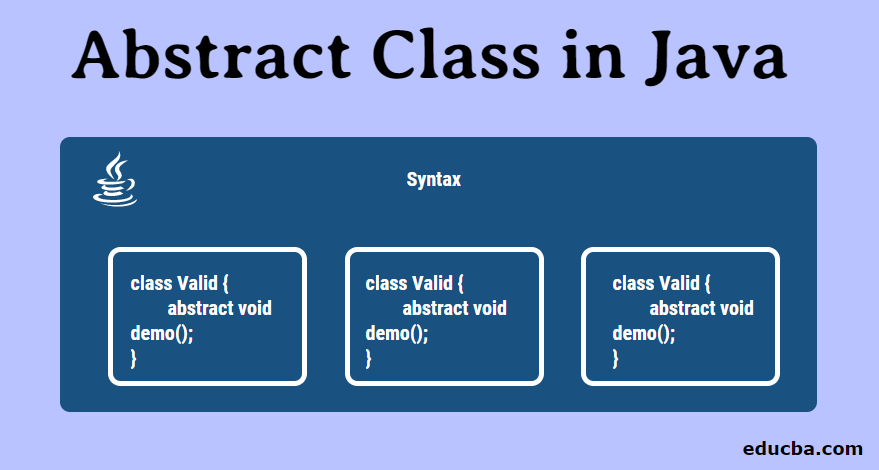
Here is a detailed explanation of the concept of using an abstract class in Java:
In Java, an abstract class is a class that cannot be instantiated directly and is meant to be inherited by other classes. It's called "abstract" because it can't be used as a standalone object.
An abstract class provides a way to define a common base class for a set of related classes. An abstract class typically includes:
Abstract methods: These are methods that are declared but not implemented (i.e., they don't have any code). Abstract methods serve as a template for the child classes to implement.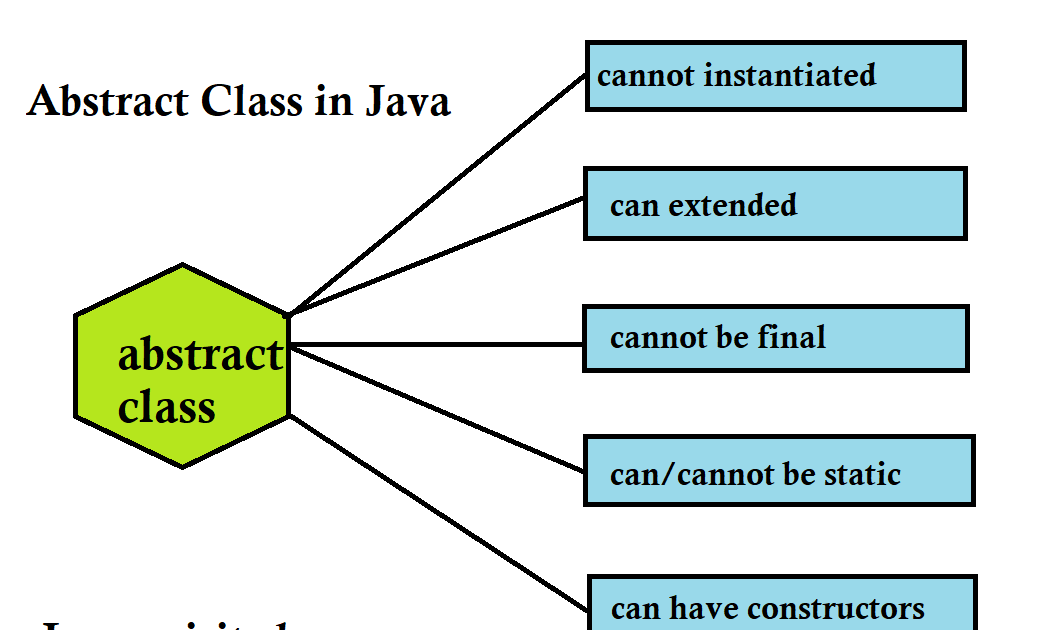
Here's an example of how you might use an abstract class in Java:
// Define an abstract class Animal with abstract method sound()abstract public class Animal {
abstract void sound();
}
// Define a concrete subclass Dog that inherits from Animal
public class Dog extends Animal {
@Override
void sound() {
System.out.println("The dog says Woof!");
}
}
// Define another concrete subclass Cat that also inherits from Animal
public class Cat extends Animal {
@Override
void sound() {
System.out.println("The cat says Meow!");
}
}
In the above example, Animal is an abstract class with an abstract method sound(). The Dog and Cat classes are concrete subclasses of Animal, and they implement the sound() method.
Here are some benefits of using an abstract class in Java:
Encapsulation: Abstract classes can encapsulate common functionality or state that is shared among related classes, making it easier to manage complex systems. Inheritance: By defining an abstract class, you can provide a foundation for a family of related classes to inherit from, without having to duplicate code. Template method pattern: You can use abstract methods as a template for implementing common behavior in multiple classes, which helps to maintain consistency across your application.Here are some scenarios where using abstract classes is particularly useful:
Hierarchical relationships: When you have a set of related classes that share common characteristics or behaviors, an abstract class can provide a logical starting point. Template method pattern: Abstract classes are well-suited for implementing the template method pattern, which is when you define a basic algorithm (template) that can be customized by concrete subclasses.Remember, the key idea behind using abstract classes is to provide a foundation for other classes to inherit from, rather than trying to create a standalone object. By doing so, you can establish a strong hierarchy of related classes and promote code reuse, encapsulation, and maintainability.

